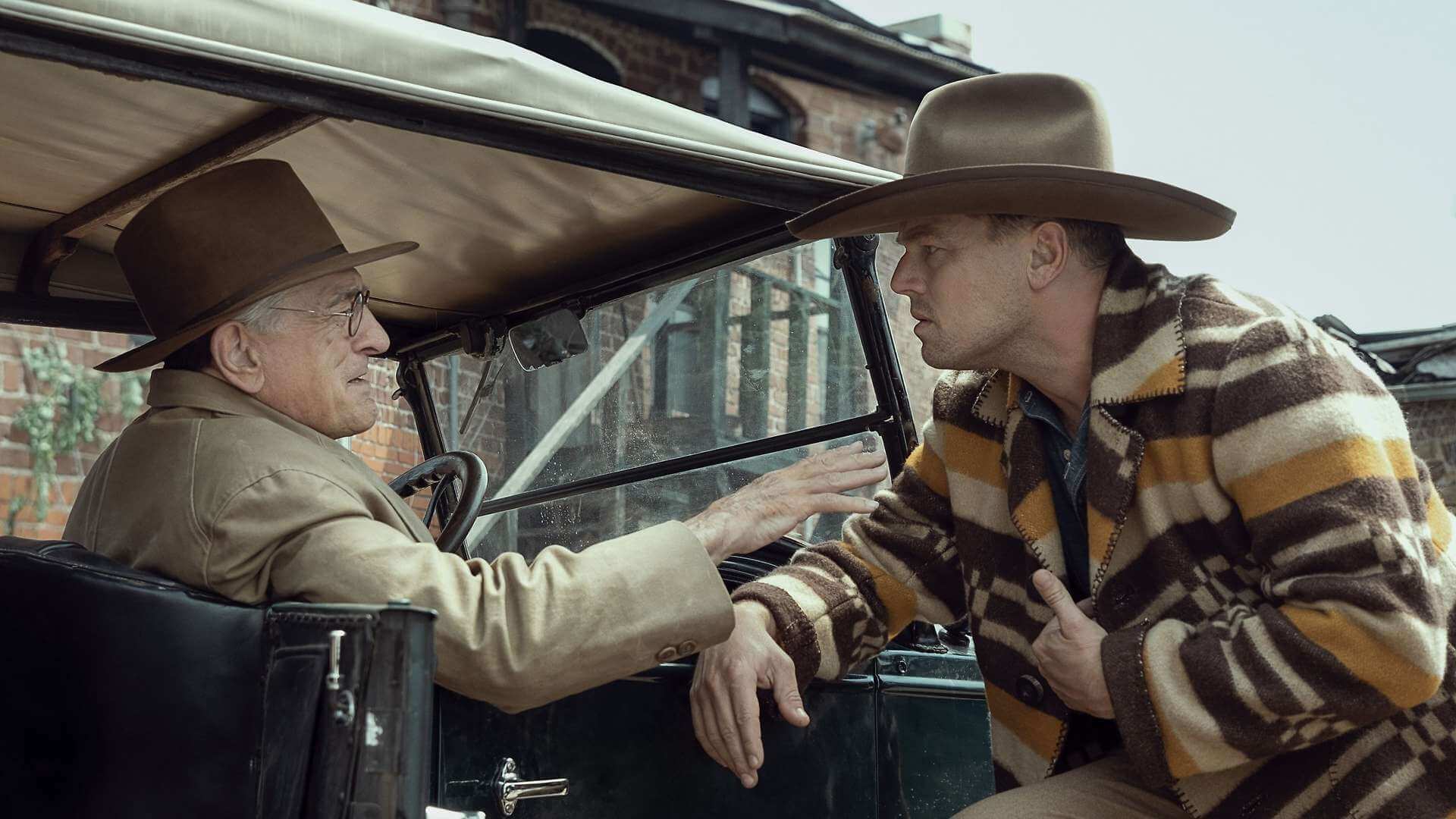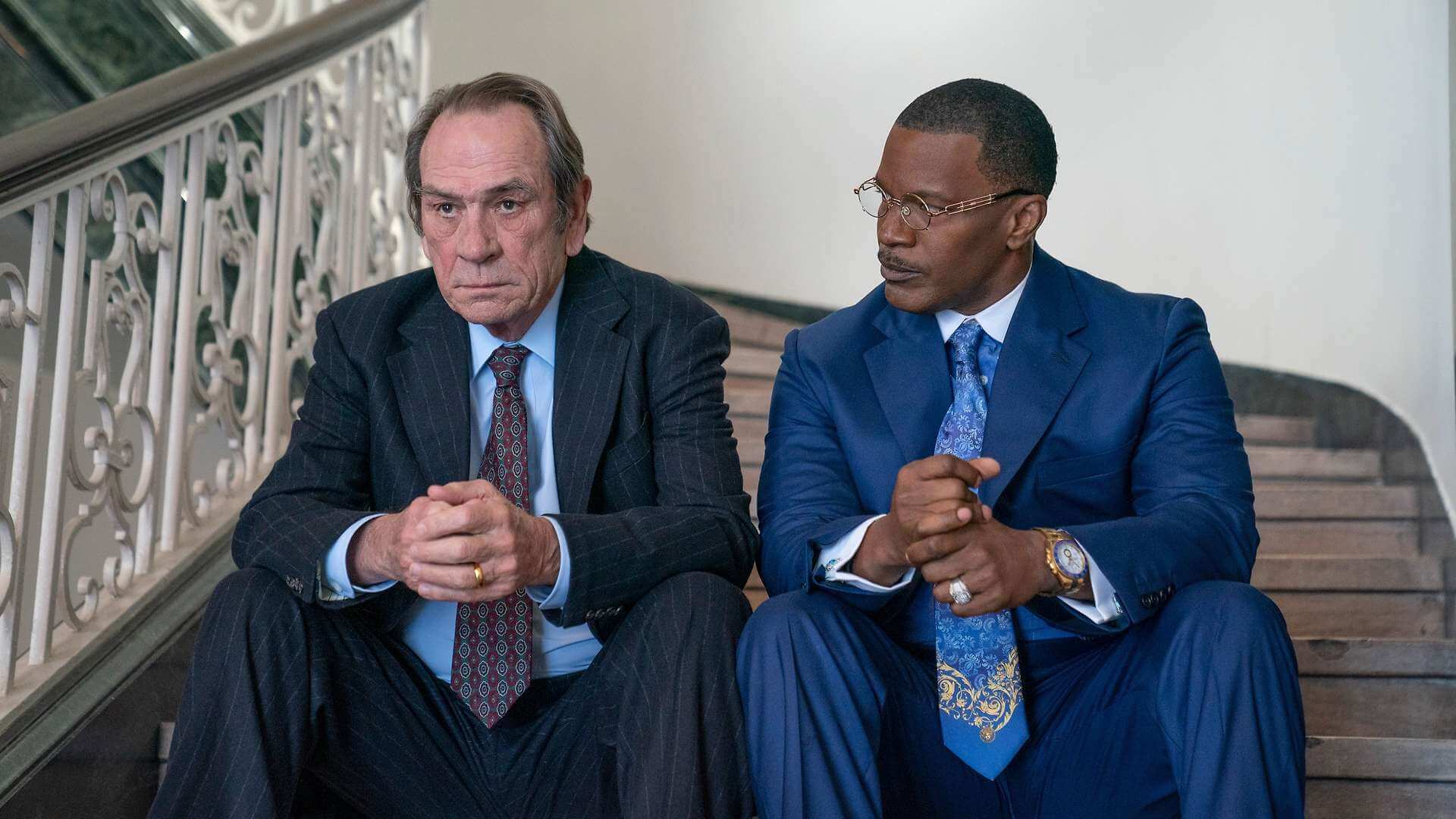
Unearthing greed in Killers of the Flower Moon
Martin Scorsese, known for his cinematic mastery in portraying morally ambiguous characters, brings another powerhouse film with Killers of the Flower Moon. The narrative is driven by an unsettling true story – the Osage murders, where greed and power take precedence over humanity. With Scorsese at the helm, this tragic tale becomes an immersive and visceral experience, painting an unforgiving portrait of America’s grim past. The movie’s length might feel daunting, but every scene is steeped in authenticity, drawing viewers into the chilling reality of the Osage Nation’s plight.
Leonardo DiCaprio delivers a haunting performance as Ernest Burkhart, a man caught between loyalty and greed. His portrayal is nuanced, capturing the internal conflict of a character who isn’t purely villainous but is far from innocent. Opposite him, Robert De Niro as William Hale, the manipulative kingpin, is magnetic and terrifying. The real standout, however, is Lily Gladstone as Mollie Burkhart. Her quiet strength and sorrow bring depth to the film, serving as a sobering reminder of the lives lost and exploited during this dark chapter in history.
Scorsese crafts the film with meticulous attention to detail, from the period-accurate settings to the compelling cinematography that transports viewers to the early 20th century. The sweeping landscapes and somber mood perfectly mirror the story’s grim tone, while the carefully paced storytelling allows the gravity of the Osage people’s suffering to truly sink in. Although the pacing occasionally feels stretched, it seems deliberate, as if Scorsese wants to ensure that each moment of treachery lingers uncomfortably.
Yet, what makes Killers of the Flower Moon truly captivating is its refusal to sugarcoat history. The film does not shy away from showcasing the raw brutality and moral decay that fueled these heinous acts. Scorsese, with his signature style, explores the complexities of human nature, depicting how greed can corrupt even those closest to us. It’s a film that makes you sit in discomfort, reflecting on the exploitation and the deeply ingrained prejudices of the era – and perhaps, of our own.
While it’s easy to get lost in the grimness, the film also offers moments of poignancy, particularly in the depiction of the Osage community. Their culture, resilience, and silent suffering are given a dignified portrayal that stands in stark contrast to the viciousness surrounding them. This balance of horror and humanity is where Killers of the Flower Moon finds its power, making it not just a history lesson but a soul-searching examination of the past.
In the end, Killers of the Flower Moon is a stirring, if occasionally heavy-handed, epic that demands attention. It’s not an easy watch, nor is it meant to be. Scorsese, through masterful direction and powerhouse performances, forces us to confront an uncomfortable truth: that the seeds of America’s prosperity were too often sown in blood and deceit.






